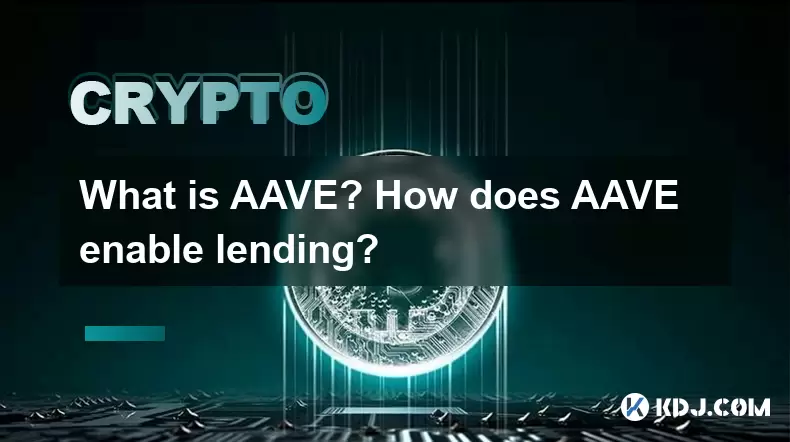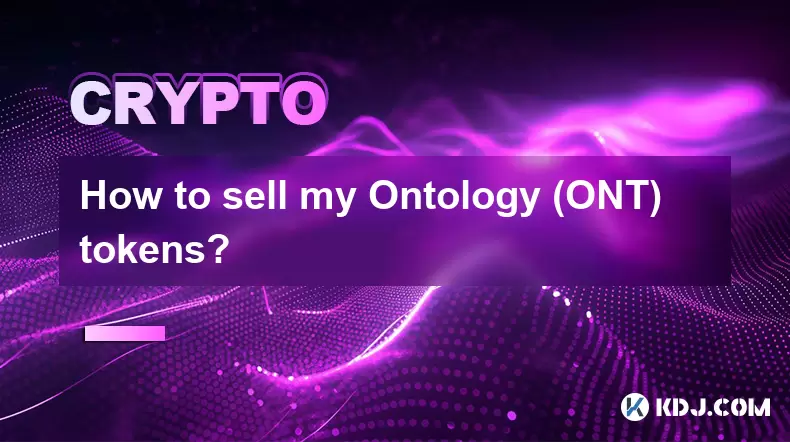-
 Bitcoin
Bitcoin $116800
0.71% -
 Ethereum
Ethereum $4211
6.94% -
 XRP
XRP $3.276
1.68% -
 Tether USDt
Tether USDt $1.000
0.02% -
 BNB
BNB $807.0
3.00% -
 Solana
Solana $180.5
3.24% -
 USDC
USDC $0.9999
0.01% -
 Dogecoin
Dogecoin $0.2406
9.02% -
 TRON
TRON $0.3357
-1.10% -
 Cardano
Cardano $0.8047
3.16% -
 Hyperliquid
Hyperliquid $43.81
7.97% -
 Chainlink
Chainlink $21.08
10.16% -
 Stellar
Stellar $0.4506
1.97% -
 Sui
Sui $3.916
4.69% -
 Bitcoin Cash
Bitcoin Cash $568.3
-1.85% -
 Hedera
Hedera $0.2628
2.48% -
 Avalanche
Avalanche $24.17
4.54% -
 Ethena USDe
Ethena USDe $1.001
0.03% -
 Litecoin
Litecoin $121.4
0.35% -
 Toncoin
Toncoin $3.408
2.28% -
 UNUS SED LEO
UNUS SED LEO $8.978
-0.08% -
 Shiba Inu
Shiba Inu $0.00001376
7.59% -
 Uniswap
Uniswap $10.86
2.94% -
 Polkadot
Polkadot $4.079
5.33% -
 Dai
Dai $1.000
0.02% -
 Pepe
Pepe $0.00001231
10.28% -
 Bitget Token
Bitget Token $4.502
0.79% -
 Cronos
Cronos $0.1576
3.63% -
 Monero
Monero $271.1
0.48% -
 Ethena
Ethena $0.7336
18.38%
What is AAVE? How does AAVE enable lending?
AAVE, a DeFi protocol on Ethereum, enables lending via liquidity pools where users deposit crypto to earn interest, and others borrow using collateral.
May 12, 2025 at 03:22 pm

What is AAVE? How does AAVE enable lending?
AAVE is a decentralized finance (DeFi) protocol that allows users to lend and borrow cryptocurrencies. It operates on the Ethereum blockchain and is one of the most popular lending platforms in the DeFi space. AAVE's primary function is to facilitate lending and borrowing without the need for traditional financial intermediaries, which makes it an attractive option for users seeking to leverage their crypto assets or earn interest on their holdings.
The Basics of AAVE
AAVE was initially launched as ETHLend in 2017 and rebranded to AAVE in 2018. The name "AAVE" is derived from the Finnish word for "ghost," symbolizing the protocol's aim to create a seamless and invisible user experience. The AAVE token, which is the native cryptocurrency of the platform, plays a crucial role in governance and incentivizing users.
The protocol uses a system of smart contracts to manage the lending and borrowing processes. These smart contracts automatically execute the terms of the loans, ensuring that all transactions are transparent and secure. Users can deposit their cryptocurrencies into AAVE's liquidity pools, which are then used to provide loans to other users.
How AAVE Enables Lending
AAVE enables lending through its liquidity pools. When users deposit their cryptocurrencies into these pools, they become available for others to borrow. The interest rates on these loans are determined by an algorithm that balances supply and demand within the pools. Here's a step-by-step look at how the lending process works:
- Deposit Assets: Users deposit their cryptocurrencies into AAVE's liquidity pools. These assets can include popular tokens like Ethereum (ETH), DAI, and USDC.
- Earn Interest: Depositors earn interest on their deposits based on the demand for the assets they have provided.
- Borrowing: Other users can then borrow these deposited assets by providing collateral. The collateral ensures that the loan can be repaid even if the borrower defaults.
- Interest Rates: The interest rates for borrowing and lending are dynamically adjusted based on the utilization rate of the liquidity pool. Higher demand for borrowing leads to higher interest rates for both borrowers and lenders.
The Role of Collateral in AAVE
Collateral plays a vital role in AAVE's lending mechanism. When users want to borrow assets, they must lock up other cryptocurrencies as collateral. This collateral ensures that the loan can be liquidated if the borrower fails to repay it. The loan-to-value (LTV) ratio determines how much a user can borrow against their collateral. For example, if the LTV ratio for a particular asset is 75%, a user can borrow up to 75% of the value of their collateral.
If the value of the collateral falls below a certain threshold, known as the liquidation threshold, the loan becomes eligible for liquidation. In this case, the collateral is sold to repay the loan, ensuring that lenders are protected. This mechanism helps maintain the stability and security of the lending platform.
Flash Loans on AAVE
One of the unique features of AAVE is its flash loans. Flash loans are uncollateralized loans that must be borrowed and repaid within the same transaction. They are designed for advanced users and developers who need to execute complex DeFi strategies. Here's how flash loans work:
- Borrowing: A user initiates a flash loan request, specifying the amount and the asset they want to borrow.
- Execution: The loan is instantly provided to the user, who then uses it to execute a series of transactions within the same block.
- Repayment: Before the transaction is complete, the user must repay the loan with interest. If the loan is not repaid, the entire transaction is reverted, and no funds are transferred.
Flash loans have opened up new possibilities for arbitrage, collateral swapping, and other DeFi applications. They are a powerful tool for those looking to leverage the full potential of decentralized finance.
AAVE Governance and Tokenomics
The AAVE token is central to the governance of the platform. Token holders can vote on proposals that affect the protocol's development and operation. This decentralized governance model ensures that the community has a say in the future direction of AAVE.
In addition to governance, AAVE tokens are used to incentivize users to participate in the platform. Users can earn AAVE tokens by providing liquidity to the pools, which helps to increase the overall liquidity and stability of the system. The tokenomics of AAVE are designed to align the interests of users with the long-term success of the protocol.
Security and Audits
Security is a top priority for AAVE, given the significant amounts of value that flow through the platform. AAVE has undergone multiple security audits by reputable firms to ensure the integrity of its smart contracts. These audits help to identify and fix potential vulnerabilities, enhancing the overall safety of the platform.
Users can also take advantage of AAVE's safety module, which is a decentralized insurance fund designed to protect against potential losses. By staking AAVE tokens in the safety module, users can contribute to the fund and earn additional rewards. This mechanism provides an extra layer of security and confidence for those using the platform.
Frequently Asked Questions
Q: Can I use AAVE on other blockchains besides Ethereum?
A: Currently, AAVE primarily operates on the Ethereum blockchain. However, there are plans to expand to other blockchains in the future, which would increase its accessibility and interoperability.
Q: How does AAVE handle interest rate fluctuations?
A: AAVE uses an algorithm to dynamically adjust interest rates based on the utilization rate of its liquidity pools. When demand for borrowing increases, interest rates rise, and vice versa. This ensures that the platform remains balanced and efficient.
Q: What happens if I can't repay my loan on AAVE?
A: If you cannot repay your loan, and the value of your collateral falls below the liquidation threshold, your collateral will be sold to repay the loan. This process is automatic and ensures that lenders are protected from losses.
Q: Can I use AAVE without any prior experience in DeFi?
A: While AAVE is designed to be user-friendly, it is recommended that new users familiarize themselves with the basics of DeFi and cryptocurrency before using the platform. Understanding concepts like collateral, liquidation, and interest rates will help you use AAVE more effectively.
Disclaimer:info@kdj.com
The information provided is not trading advice. kdj.com does not assume any responsibility for any investments made based on the information provided in this article. Cryptocurrencies are highly volatile and it is highly recommended that you invest with caution after thorough research!
If you believe that the content used on this website infringes your copyright, please contact us immediately (info@kdj.com) and we will delete it promptly.
- AI Coin Mania: Dubai Millionaires Eye 20x Gains!
- 2025-08-09 23:10:12
- ChatGPT's Hot Takes: Meme Coins to Buy Now for a Wild 2025!
- 2025-08-09 23:10:12
- Jurassic Park Vibes in Your Pocket: The Colourful Canadian Coin Featuring a Dinosaur Eye
- 2025-08-09 23:50:12
- Altcoins on the Radar: VeChain, Ethereum, and the Shifting Crypto Landscape
- 2025-08-09 23:50:12
- Crypto Airdrops & Opportunities: What's Hot in August 2025
- 2025-08-09 22:30:12
- XRP, Cardano, and the Alluring Alternatives: A 2025 Crypto Landscape
- 2025-08-09 22:35:12
Related knowledge

How to purchase Aragon (ANT)?
Aug 09,2025 at 11:56pm
Understanding Aragon (ANT) and Its PurposeAragon (ANT) is a decentralized governance token that powers the Aragon Network, a platform built on the Eth...

Where can I buy UMA (UMA)?
Aug 07,2025 at 06:42pm
Understanding UMA and Its Role in Decentralized FinanceUMA (Universal Market Access) is an Ethereum-based decentralized finance (DeFi) protocol design...

How to buy Storj (STORJ) tokens?
Aug 09,2025 at 07:28am
Understanding Storj (STORJ) and Its Role in Decentralized StorageStorj is a decentralized cloud storage platform that leverages blockchain technology ...

What is the best app to buy Nano (NANO)?
Aug 09,2025 at 03:35am
Understanding Nano (NANO) and Its Unique FeaturesNano is a feeless, instant cryptocurrency designed for fast peer-to-peer transactions. Unlike many ot...

Where can I purchase Siacoin (SC)?
Aug 08,2025 at 11:14am
Understanding Siacoin (SC) and Its Role in the Sia NetworkSiacoin (SC) is the native cryptocurrency of the Sia decentralized cloud storage platform, a...

How to sell my Ontology (ONT) tokens?
Aug 09,2025 at 06:08pm
Understanding Ontology (ONT) and Its Trading EcosystemBefore selling your Ontology (ONT) tokens, it's essential to understand the nature of the crypto...

How to purchase Aragon (ANT)?
Aug 09,2025 at 11:56pm
Understanding Aragon (ANT) and Its PurposeAragon (ANT) is a decentralized governance token that powers the Aragon Network, a platform built on the Eth...

Where can I buy UMA (UMA)?
Aug 07,2025 at 06:42pm
Understanding UMA and Its Role in Decentralized FinanceUMA (Universal Market Access) is an Ethereum-based decentralized finance (DeFi) protocol design...

How to buy Storj (STORJ) tokens?
Aug 09,2025 at 07:28am
Understanding Storj (STORJ) and Its Role in Decentralized StorageStorj is a decentralized cloud storage platform that leverages blockchain technology ...

What is the best app to buy Nano (NANO)?
Aug 09,2025 at 03:35am
Understanding Nano (NANO) and Its Unique FeaturesNano is a feeless, instant cryptocurrency designed for fast peer-to-peer transactions. Unlike many ot...

Where can I purchase Siacoin (SC)?
Aug 08,2025 at 11:14am
Understanding Siacoin (SC) and Its Role in the Sia NetworkSiacoin (SC) is the native cryptocurrency of the Sia decentralized cloud storage platform, a...

How to sell my Ontology (ONT) tokens?
Aug 09,2025 at 06:08pm
Understanding Ontology (ONT) and Its Trading EcosystemBefore selling your Ontology (ONT) tokens, it's essential to understand the nature of the crypto...
See all articles

























































































